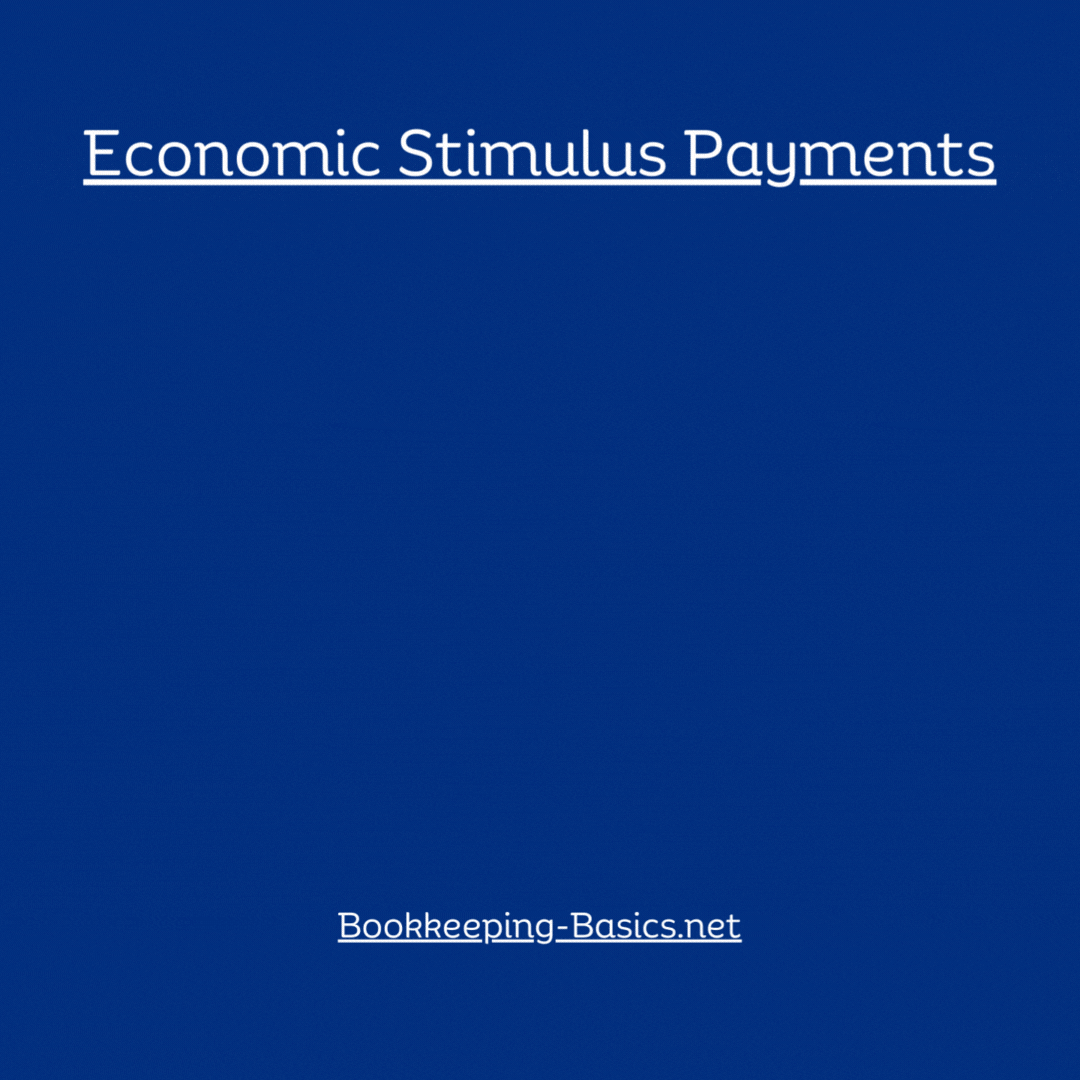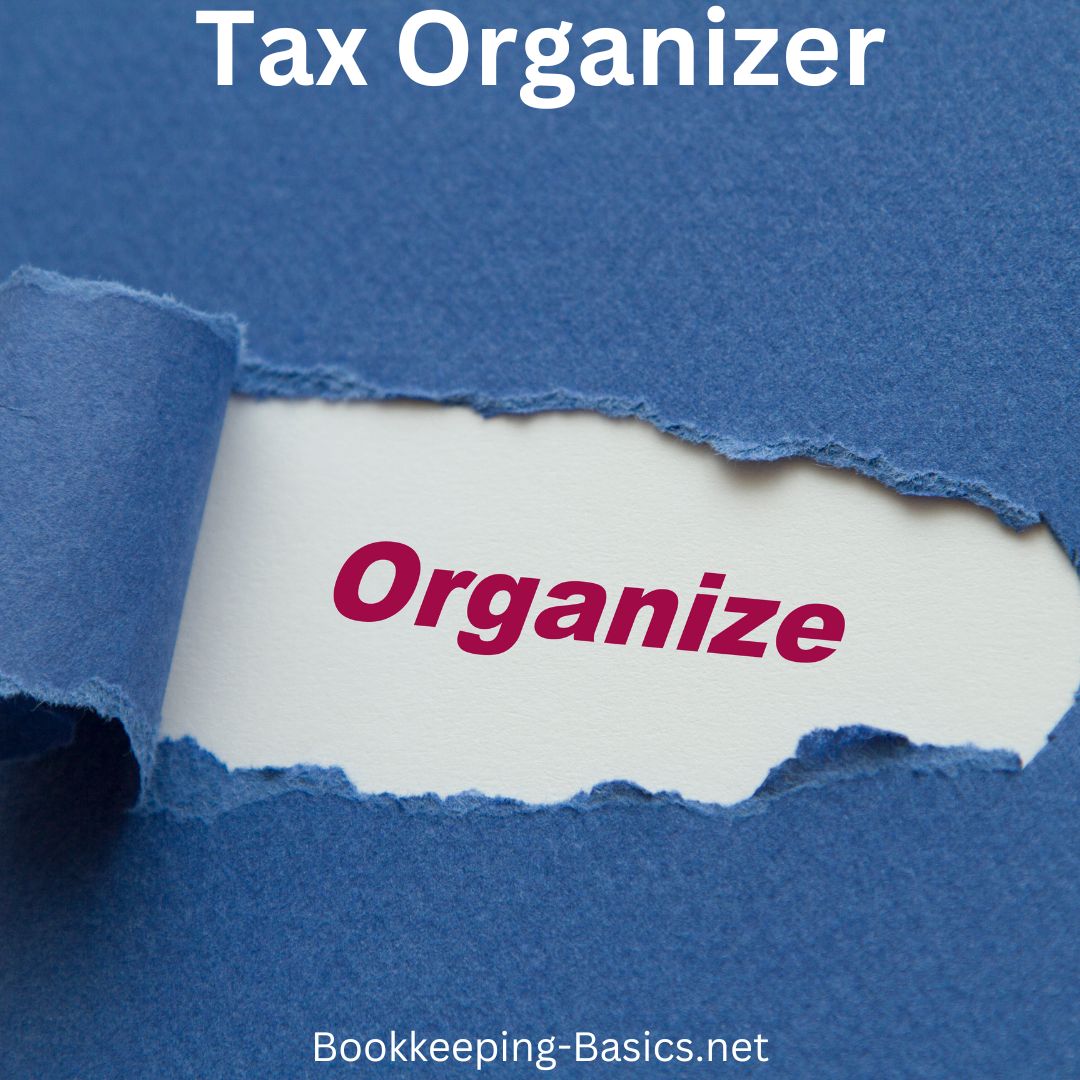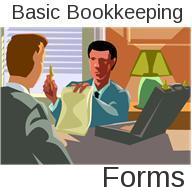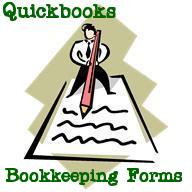- Home
- Income Taxes
- Estimated Tax Payment
Estimated Tax Payment
Should You Adjust Your Quarterly Vouchers?
Should you adjust your estimated tax payment if business is suddenly more or less than usual?
The current economic slowdown has affected businesses in all industries, from service to retail, causing many companies to re-evaluate their financial and tax situation.
If business is slower than normal, you may want to consider adjusting your quarterly estimated payment vouchers.
If you've made quarterly tax payments this year, a change in your business's income, income tax deductions, credits, and exemptions may make it necessary to re-figure your estimated payments for the remainder of the year.
To avoid either a penalty from the IRS or overpaying the IRS interest-free, consider increasing or decreasing the amount of your remaining estimated payments.
Estimated Tax Payment
Keep reading for more information regarding your estimated tax payments. Or, submit an article of your own and scroll down to read the bookkeeping articles submitted by other visitors to Bookkeeping-Basics.net. Or, click one of the links below to read a different bookkeeping article.
Basic Rules
The "basic" rules governing estimated tax vouchers are not always synonymous with "straightforward" rules:
Corporations
For calendar-year corporations, estimated tax installments are due on April 15, June 15, September 15, and December 15. If any due date falls on a Saturday, Sunday or legal holiday, the payment is due on the first following business day. To avoid a penalty, each installment must equal at least 25 percent of the lesser of:
100 percent of the tax shown on the current year's tax return (or of the actual tax, if no return is filed), or 100 percent of the income tax shown on the corporation's return for the preceding tax year, provided a positive tax liability was shown and the preceding tax year consisted of 12 months.
A lower installment amount may be paid if it is shown that use of an annualized income method, or for corporations with seasonal incomes, an adjusted seasonal method, would result in a lower required installment payment.
Individuals
For individuals (including self employed sole proprietors and partners), similar rules apply, with due dates on April 15, June 15, September 15, and January 15.
Individuals who do not pay at least 90 percent of their tax through withholding generally are required to estimate their income tax liability and make equal quarterly payments of the "required annual payment" liability during the year.
The required annual payment is the lesser of: 90 percent of the tax ultimately shown on the return for the tax year, or 90 percent of the tax due for the year if no return is filed; 100 percent of the tax shown on the taxpayer's return for the preceding year if that year was not for a short period of less than 12 months; or The annualized income installment.
For high-income taxpayers whose adjusted gross income (AGI) shown on the preceding year's tax return exceeds $150,000 (or $75,000 for a married individual filing separately), the required annual payment is the lesser of 90 percent of the tax for the current year, or 110 percent of the tax shown on the income tax return for the preceding tax year.
Adjusting Estimated Tax Payments
If you expect an uneven income stream for the remainder of 2008, or changes in the amount of income tax deductions, credits, exemptions, and other adjustments, your required estimated payments may not necessarily be the same for each remaining period, requiring adjustment to your tax payments.
The need for, and the extent of, adjustments to your estimated payments should be assessed at the end of each installment payment period.
If you discover within a payment period that a change in your business's anticipated income, income tax deductions, credits, exemptions, or other taxes will either increase or decrease your business's tax liability (and therefore the required annual payment expected for the balance of the year), you should adjust your remaining quarterly payments accordingly.
Drop in income? The IRS's "no refund" policy
Unfortunately, if your business has experienced a drop in income (and thus the installment payments you've already made were in fact not necessary), the IRS will not provide you a quick refund of any payments already made.
You will have to wait until you file your federal income tax return for the tax year to apply any unnecessary tax payment installments against your final tax bill and seek a refund.
Re-figuring Tax Payment Due
To change or amend your estimated tax payments, refigure your total estimated payments due. Then, figure the payment due for each remaining payment period.
However, be careful: if a tax payment for a previous period is less than one-fourth of your amended estimated tax, you may be subject to a penalty when you file your income tax return.
The rules surrounding estimated tax payments are complicated. If you would like further information about changing your businesses estimated tax payments, please contact my office.
More Tax Information
- Bookkeeping For Tax Changes
- Business Taxes
- Estimated Tax Payment
- Income Tax Deductions
- Income Tax News
- Income Tax Questions
- Income Tax Resolution
- Online Income Taxes
- Self Employment Tax
- Small Business Tax Services
- Tax Organizer
- Tax Policies For California
- Tax Preparation Services
- Tax Professionals
- Tax Relief
- Tax Trivia
Questions And Answers Pages
- Accounting News Article Contributions
- Accounts Payable Questions
- Accounts Receivable Questions
- Bookkeeping Articles
- Balance Sheet Questions
- Bookkeeping News Article Contributions
- Bookkeeping Questions and Answers
- Chart Of Accounts Questions and Answers
- Funny Accounting Jokes
- Income Tax Deductions Questions
- Income Tax News Article Contributions
- Investment Questions
- Profit And Loss Statement Questions
- Your Testimonials
Tax Supplies Stores
- Basic Bookkeeping For Dummies
- Bookkeeping Books
- Bookkeeping Business Software
- Bookkeeping Deals
- Bookkeeping Ledger
- Bookkeeping Software
- Bookkeeping Supplies
- Bookkeeping Tutorials
- Cell Phones
- Computers
- Electronic Supplies
- Finance Magazines
- Office Equipment
- Office Furniture
- Office Supplies
- Quickbooks Accounting Software
CLICK HERE for the next bookkeeping article - Hobby Loss Rule ->>
Return from Estimated Tax Payment to Bookkeeping Articles
Return to Bookkeeping Basics Home Page
Please subscribe to my monthly newsletter, Bookkeeping Basics E-zine. It tells you every month about the new information that I have added, including some great tips and advice from myself and other Bookkeeping Basics readers.
Like Bookkeeping-Basics.net?
- Home
- Income Taxes
- Estimated Tax Payment

















New! Comments
Have your say about what you just read! Leave me a comment in the box below.